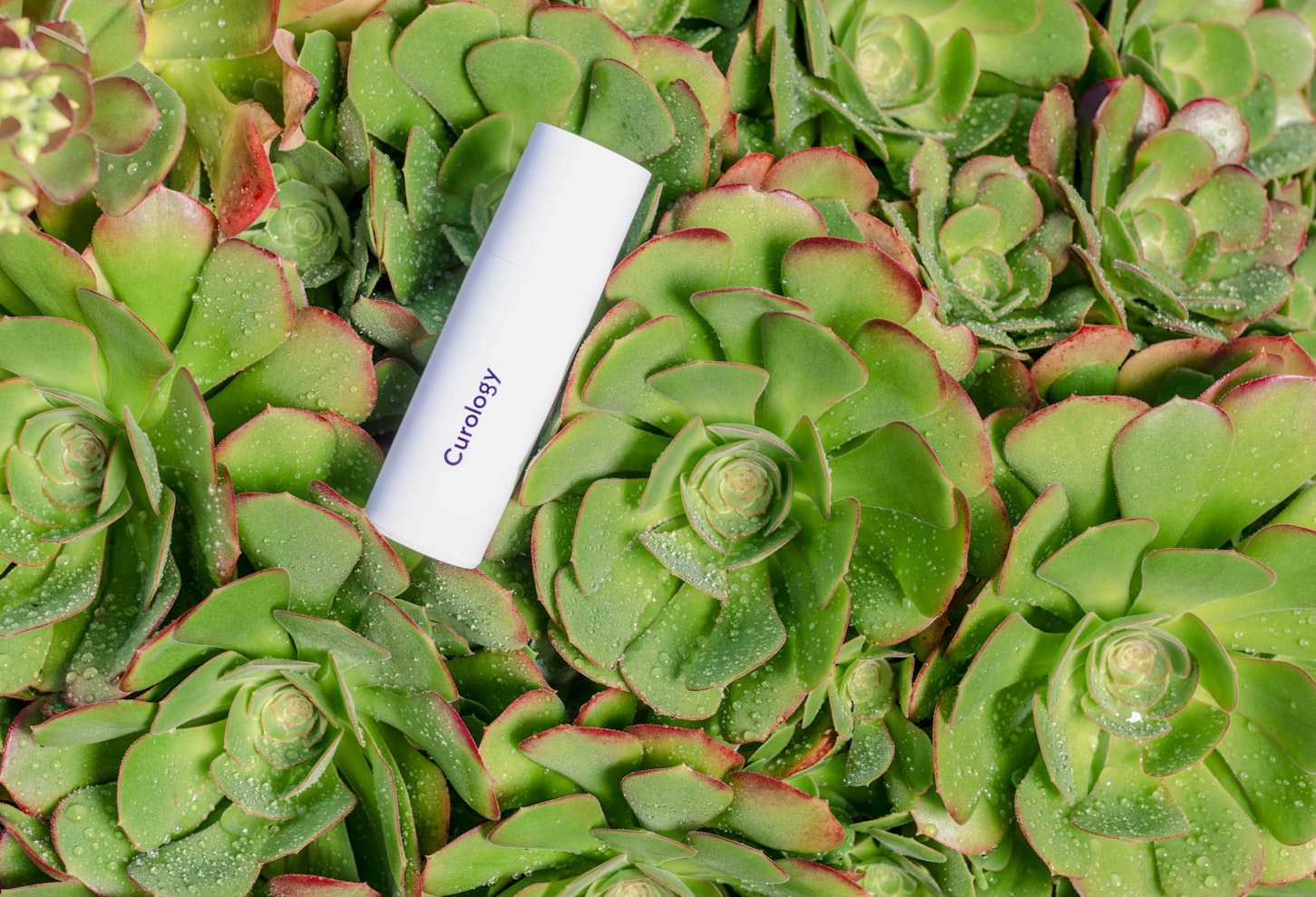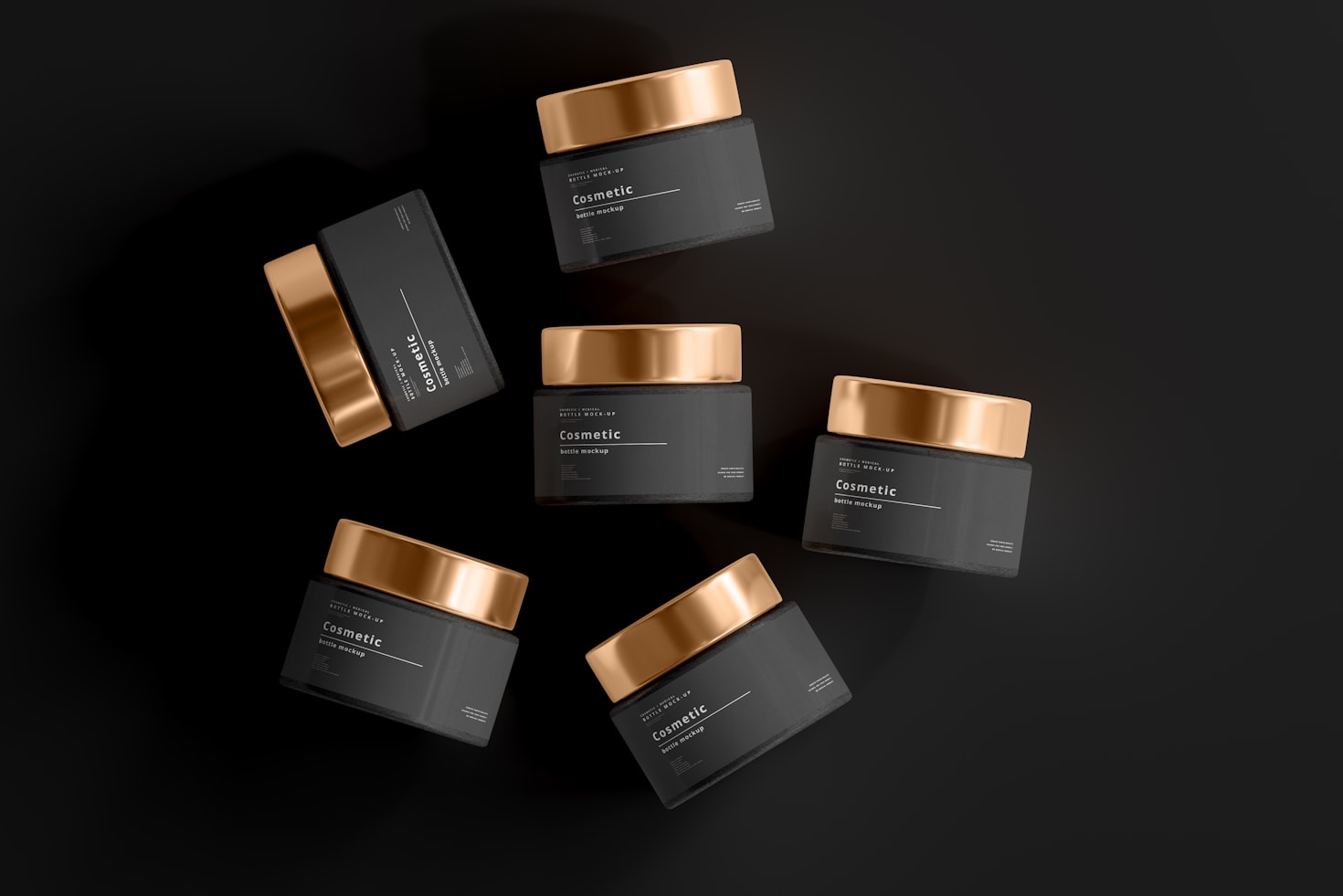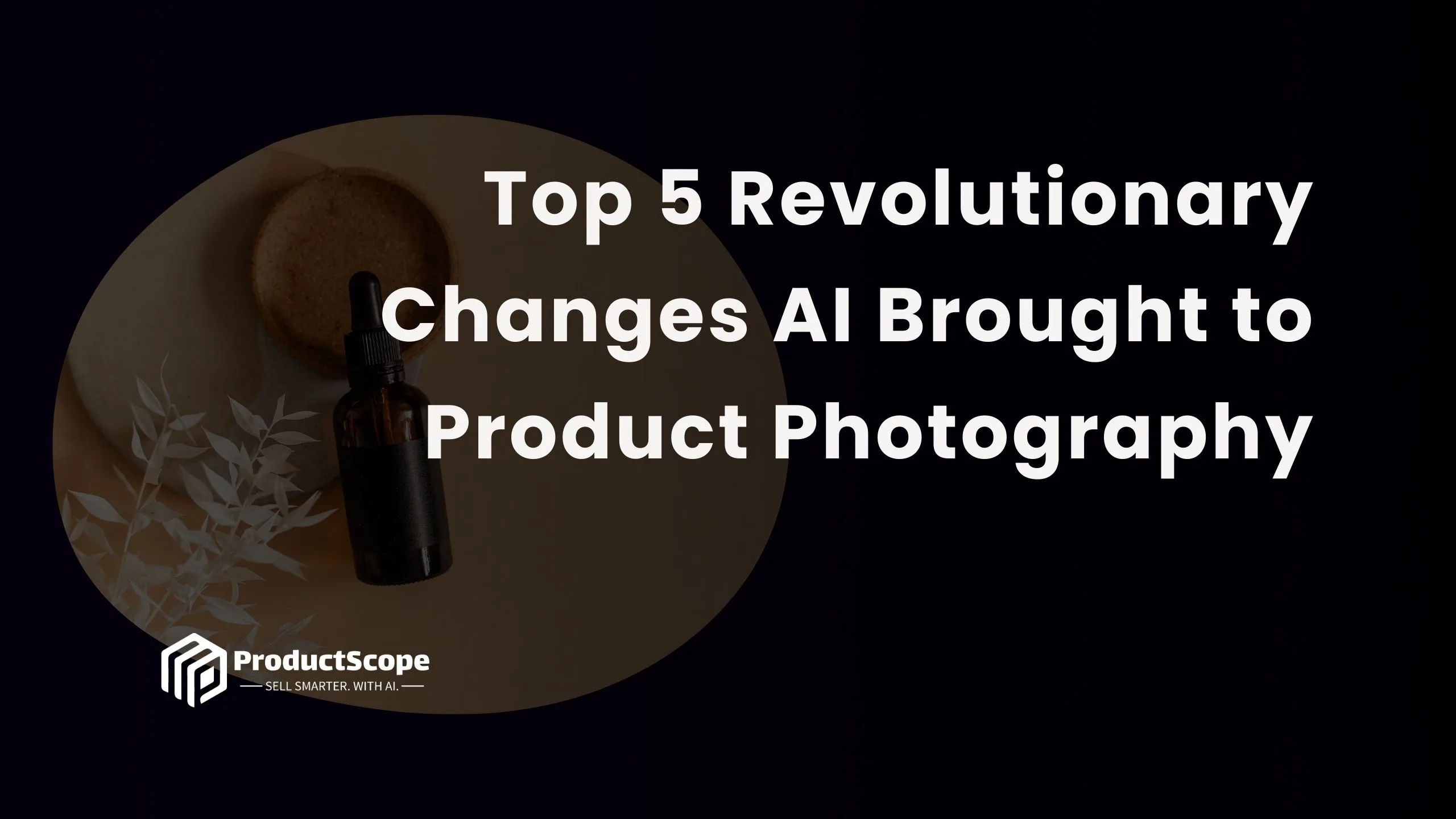Artificial intelligence (AI) is transforming photography in revolutionary ways. As e-commerce brand owners know well, compelling product images are crucial in the digital marketplace. AI brings automation, personalization, and innovation to product photography, from editing images to creating completely virtual displays.
This article explores the evolution of AI in improving product photos and presentations. We’ll cover the key innovations AI enables that benefit e-commerce brands across industries.

The Evolution of Product Photography: From Manual to AI-Driven
Product photography has dramatically evolved over the past decade. The manual photo editing and set building of the early 2000s have given way to AI-powered automation.
With innovations in computer vision and deep learning, AI now plays a central role in creating, editing, and displaying product images. Everything from recognizing products in images to predicting hot trends is now possible with AI.
This transition has enhanced efficiency while unlocking new creative possibilities. As we’ll explore, AI empowers e-commerce brands to efficiently generate high-quality, compelling product visuals.
AI-Driven Change for Product Photography

AI-Driven Change #1: Automated Image Editing and Enhancement
The most direct application of AI in product photography is automatic editing and enhancement.
Powerful algorithms can now instantly adjust images – optimizing lighting, colors, and clarity. Tasks that once took hours, like removing backgrounds or applying filters, happen in seconds.
For example, Adobe’s AI photography tools provide sophisticated optimization and editing capabilities. Brands simply upload images to instantly improve quality. The AI handles the complex and time-consuming tasks of selecting the right edits.
By automating post-processing, brands save substantial time and overhead costs. This allows more images to be generated while ensuring consistently high quality across catalogs.
AI-Driven Change #2: Advanced Object Recognition and Tagging
Extracting meaning from images is another key AI innovation transforming product photography.
Algorithms can now accurately recognize products and subjects in images and auto-tag them. IBM Watson’s visual recognition AI offers advanced object detection and labeling capabilities that keep improving through machine learning.
Instead of manually tagging every image, brands rely on AI to automatically classify products, attributes, and other metadata. This helps organize massive image databases that serve e-commerce websites and online catalogs.
Enhanced organization through AI tagging provides vital business value. Brands gain rich data to better track inventory and analytics as well as improve search and recommendations.
AI-Driven Change #3: Virtual Staging and 3D Rendering
AI also introduces new techniques in product presentation that enhance visual storytelling. One innovation is virtual staging – using AI to simulate real-world contexts.
Rather than expensive studio photography setups, products are digitally placed in lifestyle scenes. AI handles complex rendering, lighting, and shadows to create hyperrealistic results.
This allows brands across industries to showcase products in realistic environments – whether a shoe on a model walking down a street or appliances in a fully staged kitchen.
In addition, AI empowers 3D product visualization. Algorithms can construct 3D models using only 2D images as input. Shoppers can then digitally interact with products, exploring them from all angles with realistic material physics.
These innovations in virtual simulation improve storytelling while being faster and cheaper than traditional product photography.

AI-Driven Change #4: Personalized and Interactive Product Visuals
Advanced simulation also enables new levels of personalization with interactive product displays. AI lets brands tailor visuals and experiences to individual shopper data and behavior.
For example, augmented reality mobile apps allow virtual try-ons of accessories or makeup products. Powered by AI, these experiences integrate products into camera feeds based on a user’s facial features and skin tone.
Shoppers also appreciate interactive 3D product views. Touchscreens allow rotating and zooming in on 3D models with responsive motion and lighting. AI generates these assets and simulations dynamically customized to each shopper.
Such personalized, interactive experiences increase engagement and conversion. With AI, custom visual content is created automatically without extensive manual workflows.

AI-Driven Change #5: Predictive Analytics for Trend Forecasting
The data from AI product recognition and interactions provide an additional edge: predictive analytics. Powerful algorithms can forecast visual trends and optimize images.
By analyzing imagery and shopper data, AI identifies rising photo composition styles, color palettes, and other trends. It also predicts optimal angles, lighting, and contexts to highlight products each season.
Brands rely on these insights to stay ahead of trends in prop styling, creative direction, and art direction. For examples, see how AI is transforming fashion photography according to TechCrunch.
In turn, brands outperform competitors with consistently cutting-edge, on-trend product visuals predicted by AI analytics. This data-driven approach replaces risky guesswork in creative strategy.
Conclusion: The Future of Product Photography with AI
The role of AI in product photography will only accelerate, bringing more automation and innovation. As AI research progresses, capabilities will keep improving in generating, editing, analyzing, and displaying product visuals.
We can expect more advanced algorithms in 3D simulation and augmented reality. Through virtual try-ons and life-like product views, shopper experiences will grow more personalized and interactive.
Overall, AI will continue to provide powerful capabilities at faster speeds and lower costs. While humans still drive creative direction, AI will handle complex and time-intensive technical execution. This symbiosis empowers brands to efficiently produce compelling, customized product photography on a large scale.
Elevate your product photography with ProductScope’s AI-powered backdrops! Transform your images with customizable, dynamic settings that adapt to your needs. Enhance your product’s appeal with breathtaking backdrops designed to captivate your audience. Don’t wait, discover the future of photography now with ProductScope!
Sign Up for ProductScope AI Today!
FAQs
How is AI Transforming Product Photography?
AI is revolutionizing product photography by introducing automated image editing, advanced object recognition, and virtual staging, enhancing efficiency and creativity in creating compelling product visuals.
What are the Benefits of AI in Product Photography?
AI in product photography offers significant benefits such as time-saving through automation, consistent high-quality images, and innovative approaches like 3D rendering and interactive visuals, enhancing the overall appeal of product presentations.
Can AI Replace Human Photographers in Product Photography?
While AI significantly enhances the efficiency and capabilities in product photography, it does not replace the creative insight and expertise of human photographers. Instead, it serves as a powerful tool augmenting their skills.
How Does AI Impact E-commerce Product Displays?
AI impacts e-commerce by enabling more personalized and interactive product displays, such as virtual try-ons and augmented reality experiences, leading to a more engaging and immersive online shopping experience.
What Future Trends in AI and Product Photography Can We Expect?
Future trends in AI and product photography include further advancements in personalized visual content, more sophisticated virtual and augmented reality experiences, and AI-driven predictive analytics for trend forecasting in product presentation.

